This article was medically reviewed by Erik Kramer, DO, MPH. Dr. Erik Kramer is a Board-Certified Primary Care Physician at the University of Colorado. With over 15 years of experience, his clinical interests include obesity and weight management, diabetes care, and preventive care, as well as embracing a holistic approach to primary care. He received his Doctorate in Osteopathic Medicine (D.O.) from the Touro University Nevada College of Osteopathic Medicine and completed his residency at Central Maine Medical Center. Dr. Kramer is a Diplomate of the American Board of Obesity Medicine.
This article has been viewed 49,734 times.
Lip piercings are one of the most popular facial piercings. While they’re generally easy to care for and heal fairly quickly, infections are common due to bacteria, allergic reactions, and improper care. If your lip piercing starts to get swollen, red, and painful to touch, you may be able to treat the infection with a home remedy. If your infection is severe or continues to get worse, you’ll likely need to see your doctor and use medication to treat the infection. Once your infection clears up, you can prevent future infections by keeping your lip piercing clean.
Steps
Using Home Treatments
-
1Leave your piercing in to allow the infection to drain. When your lip piercing gets infected, leave the piercing in place to keep the piercing from closing up. Removing your lip piercing could cause the infection to get trapped in your skin, which can lead to an abscess and more severe infection.[1]
- The jewelry keeps the piercing hole from closing up and allows the infection to drain.
Warning: If you suspect that your lip piercing is infected, seek medical care since they may need to remove the piercing to prevent further contamination. Don’t attempt to remove the jewelry on your own.
-
2Suck on ice chips to reduce any pain and swelling. The ice numbs your lip, which helps reduce any redness, swelling, and discomfort caused by the infection.[2] Eating ice cream and sucking on popsicles may also help reduce pain and swelling.[3]Advertisement
-
3Gargle with a saline solution after each meal. Mix 1/4 teaspoon (1.5 grams) of table or sea salt into a 1 fluid ounce (30 mL) cup of warm water. Stir until the salt has dissolved. Then, gargle with the solution for several seconds before spitting it out in the sink.[4]
-
4Eat yogurt to encourage the growth of good bacteria. To help your piercing infection heal faster, try eating 8 fluid ounces (240 mL) of yogurt once per day. Yogurt contains probiotics that encourage the growth of the good bacteria in your mouth that helps fight infections.[7]
- While eating yogurt can help your infection heal quicker, it likely won’t be able to treat the infection on its own.
-
5Apply a warm compress if you have a small boil or abscess. Fill a small bowl with hot water. Dip a clean cloth into the water and gently dab the cloth onto the infected area for a few minutes. Repeat this process about two times per day until the infection has healed.[8]
- Use a warm saline solution instead of plain water to make this even more effective.
- The warm compress promotes drainage, which will help your body get rid of the infection quicker.
- If the abscess is persistent, large, or very painful, you may need to have it surgically drained by a doctor.
Seeking Medical Treatment
-
1See a doctor if you have an adverse reaction or your pain is severe. If the redness, swelling, and pain around the piercing keeps getting worse, see your doctor immediately to determine the best treatment plan. In addition, see your doctor if you see any red streaks extending out from the piercing site, have large amounts of thick discharge from the piercing, or experience any dizziness, fever, chills, nausea, or vomiting.
- You should also seek medical attention if you’re drooling or if you have difficulty swallowing or speaking.
- Any of these symptoms likely indicate that your infection is worsening or that you’re having an allergic reaction to the piercing.[9]
- If you’re using home remedies and your symptoms are persistent but mild, see your doctor to assess why your infection isn’t improving.
-
2Take a pain reliever to reduce pain and throbbing. If your symptoms are relatively mild, your doctor will likely recommend that you use an over-the-counter pain reliever, such as Ibuprofen, to help reduce the pain around the infection site. If your symptoms are severe, your doctor may give you a prescription pain killer.[10]
- Many pain relievers, including Ibuprofen, also help reduce swelling and inflammation.
- Always take pain relievers exactly as prescribed by your doctor or as instructed by your pharmacist.
-
3Use an oral or topical antibiotic to get rid of the infection. If your symptoms are persistent but relatively mild or stable, your doctor may recommend that you apply an antibiotic cream to the infection area. If your symptoms are severe, they’ll likely prescribe an oral antibiotic that is stronger and can tackle severe infections more effectively.[11]
- Your doctor may give you a prescription for a topical antibiotic cream or recommend an over-the-counter option, such as Bactroban.
- Don’t apply topical medications to infected areas inside your mouth unless instructed to by your doctor.
- Keflex, Bactrim, and Doxycycline are a few strong oral antibiotics that your doctor may prescribe.
- The dosage and instructions for using or taking antibiotics vary depending on your specific infection symptoms and the type of antibiotic. Always use antibiotics as instructed by your doctor.
-
4Try an antihistamine if you experience itching or an allergic reaction. If your doctor determines that the infection is caused by an allergic reaction to the piercing, they may prescribe or recommend an antihistamine medication, such as Zyrtec, Claritin, Allegra, or Benadryl. Your doctor may also prescribe an antihistamine if you have severe itching at the infection site.
- Because the dosage and use instructions vary from one medication to another, always follow your doctor’s instructions when taking an antihistamine.
-
5Get a surgical procedure if your infection causes a large abscess. If your infection causes a large abscess, a build-up of pus, and home treatments and medication aren’t effective on their own, you’ll likely need to get it surgically drained.[12] During this procedure, your doctor makes a small incision on the abscess to allow the built-up pus to drain out.[13]
- The procedure and recovery time vary depending on the severity of your infection. In many cases, however, this procedure is quick, painless, and heals in about a week.
Preventing Future Infections
-
1Wash your hands thoroughly before touching your piercing. Anytime you touch your piercing to change it or clean the area, wash your hands thoroughly with soap and water. Keeping your hands clean reduces the chance that your piercing will get infected again.[14]
-
2Use a new soft-bristled toothbrush to keep your mouth clean. After getting a new lip piercing, use a brand new soft-bristled toothbrush to avoid transferring any bacteria from your old toothbrush to the piercing. In addition, the soft bristles are gentler on your mouth and are less likely to irritate any post-piercing swelling and sensitivity.[15]
- You may want to avoid using an electric toothbrush until any tenderness or infection around the piercing has cleared up.
-
3Rinse with an alcohol-free antiseptic mouthwash about 4 times per day. While your piercing is still healing, swish about 1 cap full of alcohol-free antiseptic mouthwash around in your mouth for 30 to 60 seconds after each meal and before you go to bed.[16] Mouthwash helps kill many of the germs that can cause an infection, helping you both prevent future infection and treat a current infection.[17]
- There are several alcohol-free antiseptic types of mouthwash on the market that are widely available online and at drug stores. If you aren’t sure what to use, ask your dentist for a recommendation.
-
4Clean around your mouth with antibacterial soap. To keep the area around your lip piercing clean, wash your face with warm water and unscented antibacterial soap daily.[18] This keeps any bacteria around the piercing from getting into the hole and causing an infection.
- Unscented soaps containing benzalkonium chloride, for example, are generally effective at cleaning the area around your piercing.[19]
- If the skin around your piercing is sensitive, try diluting the soap by mixing it with an equal part of water.
-
5Limit your intake of spicy foods, tobacco, and alcohol until it heals. Spicy foods, tobacco, and alcohol tend to irritate your lips and mouth, causing inflammation and itching that can make you more inclined to touch your piercing. Therefore, it’s best to avoid or limit your intake of irritating substances so that you won’t touch your piercing and risk transferring bacteria to the area.[20]
- Drinking hot beverages may also irritate your mouth and lips. If this is the case, reduce your intake of these as well until the piercing heals.
- Alcohol and tobacco use can also slow down the healing process.[21]
-
6Avoid touching your piercing as much as possible. Even after your piercing has healed, avoid touching it unless you need to clean it or change it out. Spinning the jewelry, scratching your lip, and picking at scabs, for example, can all transfer bacteria and cause the infection to resurface.[22]
- In addition, try to avoid any other type of contact, such as kissing, for about 6 weeks after getting a new lip piercing to allow it time to heal properly.[23]
Warnings
- Never use rubbing alcohol or hydrogen peroxide on your lip piercing, as both of these can slow the healing process by drying out your skin and killing any new healthy cells.[24]⧼thumbs_response⧽
References
- ↑ https://www.skincareorg.com/lip-piercing/infected-lip-piercing/
- ↑ https://www.skincareorg.com/lip-piercing/infected-lip-piercing/
- ↑ https://www.cieh.org/media/1975/tattoo-toolkit_part-c_03-oral-piercing-aftercare.pdf
- ↑ https://www.cieh.org/media/1975/tattoo-toolkit_part-c_03-oral-piercing-aftercare.pdf
- ↑ https://www.skincareorg.com/lip-piercing/infected-lip-piercing/
- ↑ https://uhs.berkeley.edu/health-topics/body-piercings
- ↑ https://www.skincareorg.com/lip-piercing/infected-lip-piercing/
- ↑ https://www.skincareorg.com/lip-piercing/infected-lip-piercing/
- ↑ https://www.cieh.org/media/1975/tattoo-toolkit_part-c_03-oral-piercing-aftercare.pdf
- ↑ https://www.skincareorg.com/lip-piercing/infected-lip-piercing/
- ↑ https://www.nhs.uk/conditions/body-piercing/
- ↑ https://www.nhs.uk/conditions/body-piercing/
- ↑ https://childrens.pennstatehealth.org/surgery/patient-care-and-treatment/abscesses-requiring-surgical-drainage
- ↑ https://www.skincareorg.com/lip-piercing/infected-lip-piercing/
- ↑ https://www.mayoclinic.org/healthy-lifestyle/adult-health/in-depth/piercings/art-20047317
- ↑ https://uhs.berkeley.edu/health-topics/body-piercings
- ↑ https://www.mayoclinic.org/healthy-lifestyle/adult-health/in-depth/piercings/art-20047317
- ↑ https://www.skincareorg.com/lip-piercing/infected-lip-piercing/
- ↑ https://uhs.berkeley.edu/health-topics/body-piercings
- ↑ https://uhs.berkeley.edu/health-topics/body-piercings
- ↑ https://www.skincareorg.com/lip-piercing/infected-lip-piercing/
- ↑ https://www.skincareorg.com/lip-piercing/infected-lip-piercing/
- ↑ https://uhs.berkeley.edu/health-topics/body-piercings
- ↑ https://www.mayoclinic.org/healthy-lifestyle/adult-health/in-depth/piercings/art-20047317
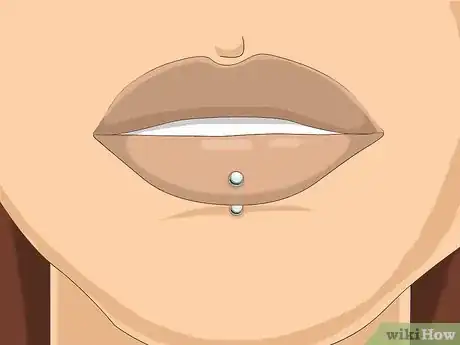
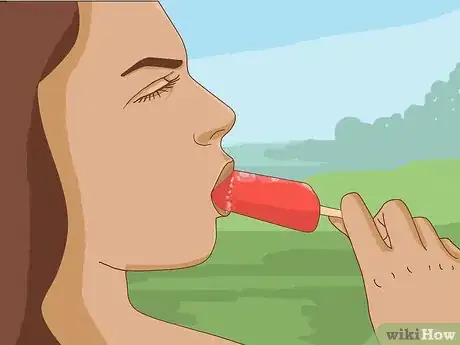

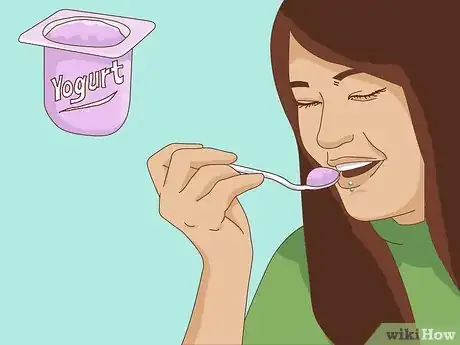

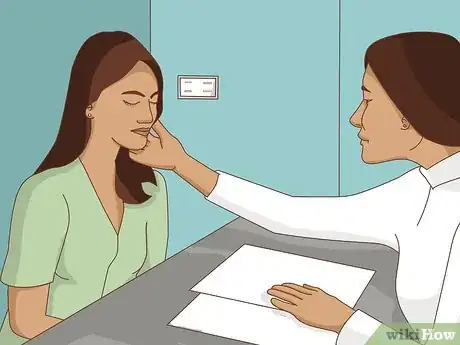
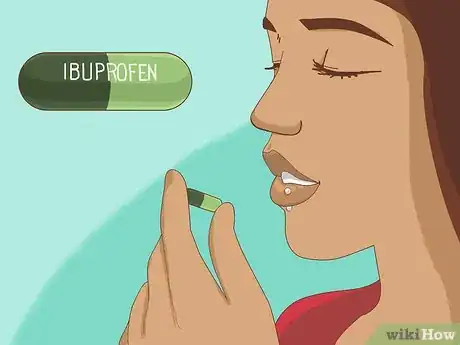
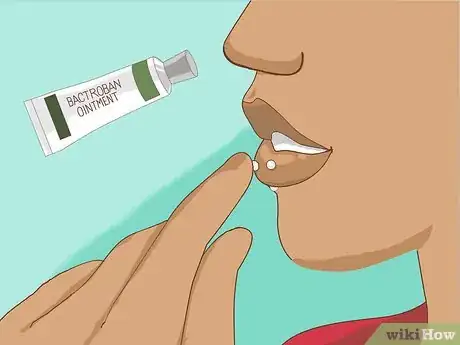

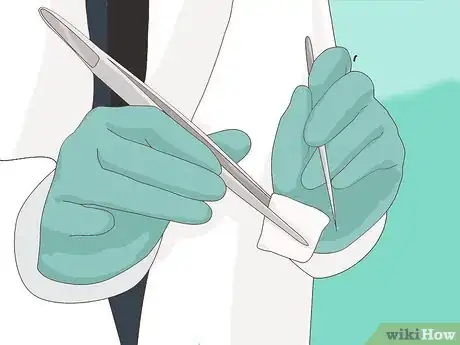
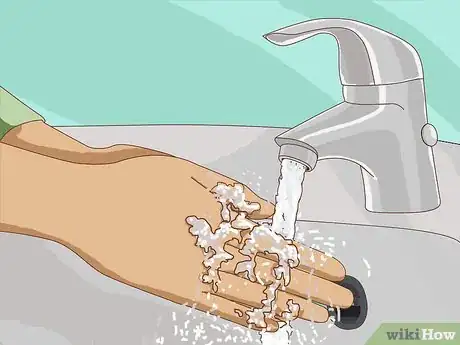
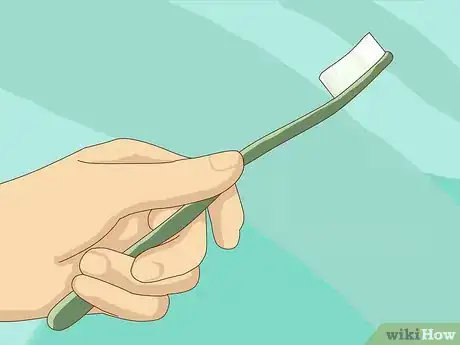
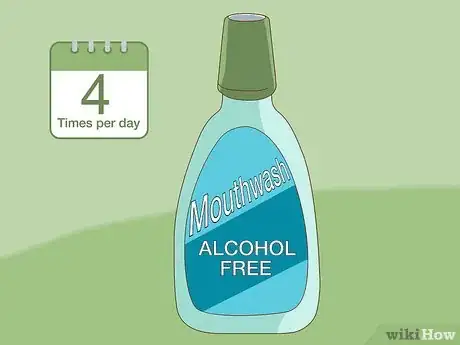
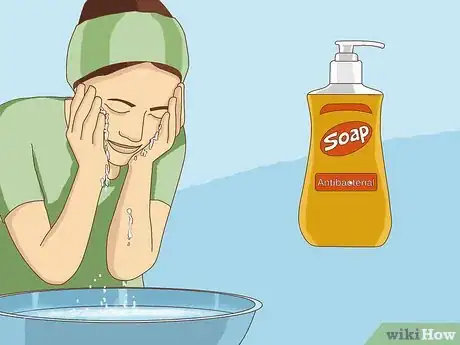
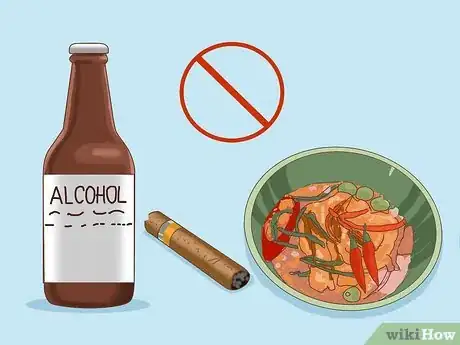
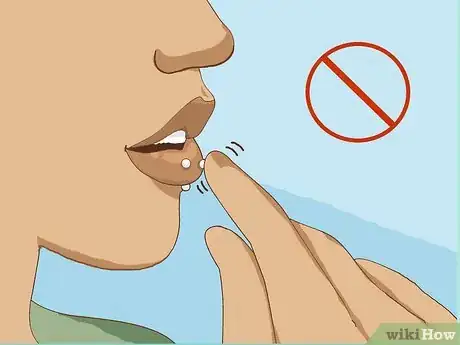
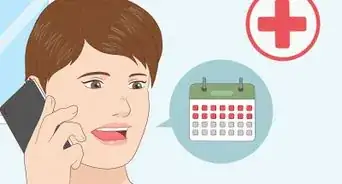

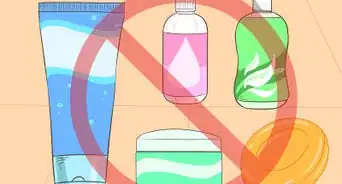
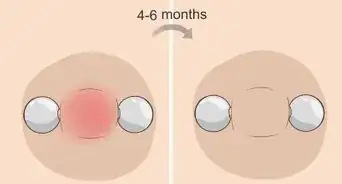

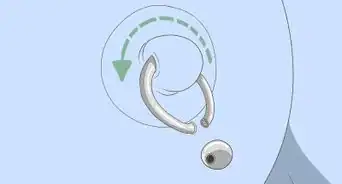
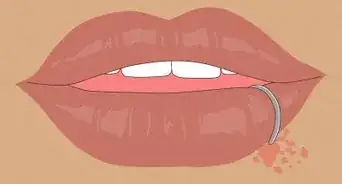
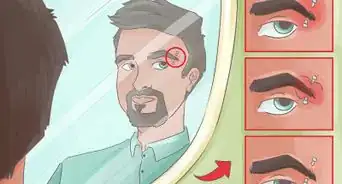

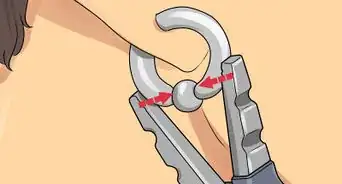
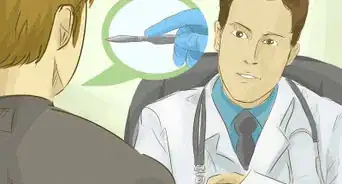








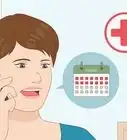
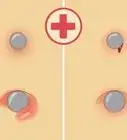
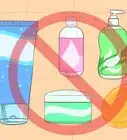
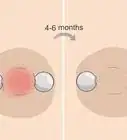



































Medical Disclaimer
The content of this article is not intended to be a substitute for professional medical advice, examination, diagnosis, or treatment. You should always contact your doctor or other qualified healthcare professional before starting, changing, or stopping any kind of health treatment.
Read More...